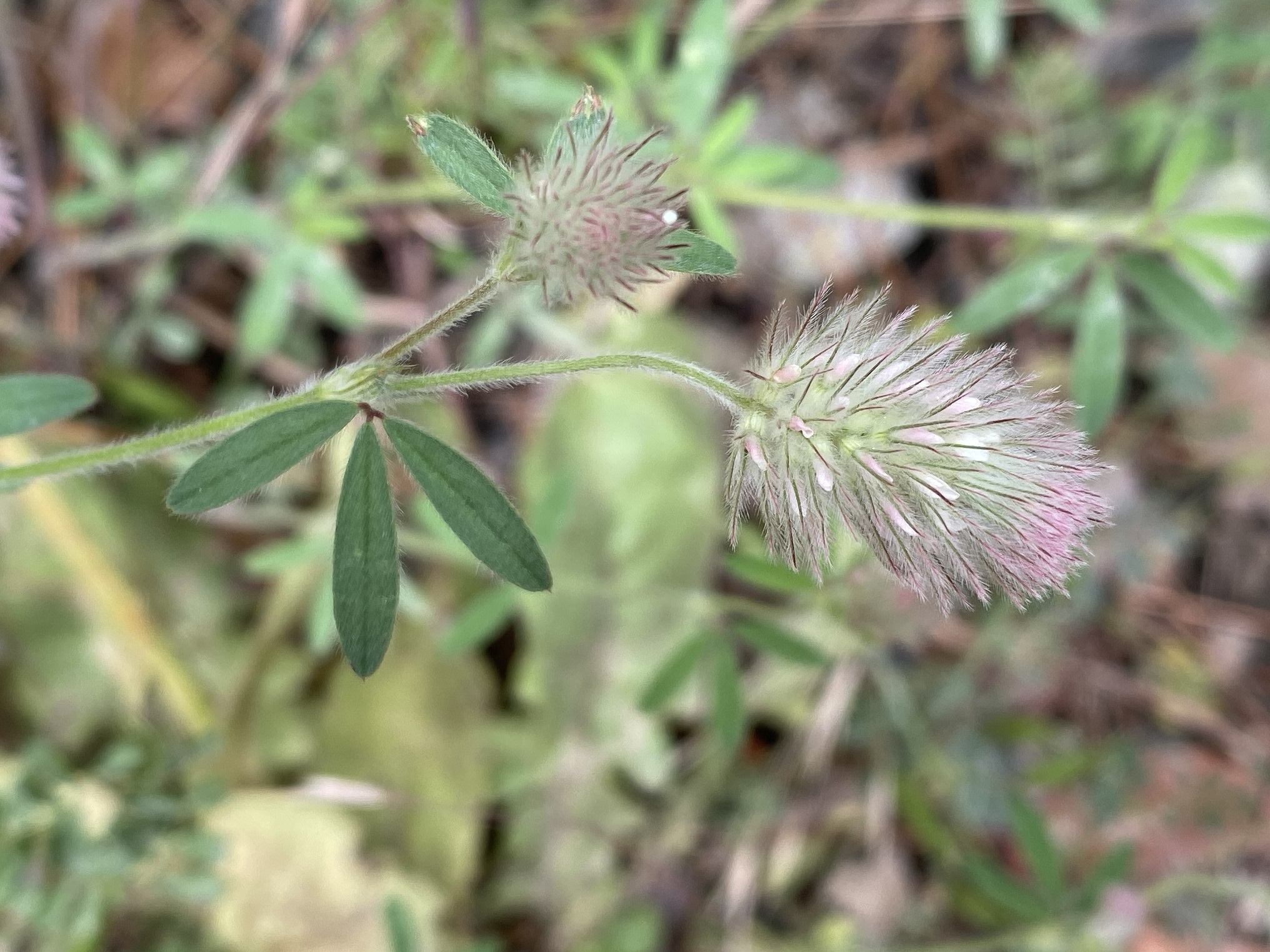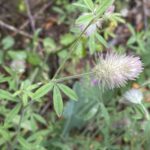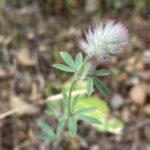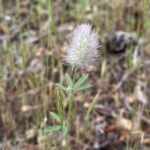Τριφύλλι το πεδινό
Etymology of Trifolium arvense: The name of the genus, "Trifolium" derives from the Ancient Greek "τρία" [tria], meaning "three" and the Latin "folium", which means "leaf", hence "three-leafed", referring to the three leaflets that comprise a leaf. This word is a calque of the Ancient Greek "τρίφυλλο" [trifyllo], which actually means the same thing. The Latin epithet "arvense", means "of the valley" and it is supposed to refer to the habitat where it mostly grows.
Around 35 Trifolium taxa have been identified in the wild Cypriot habitat so far.
Trifolium arvense is an uncommon Trifolium species primarily encountered in central mountainous Cyprus and secondarily at lower altitudes. It appears between altitudes of 150-1375 metres. Its flowering period is later than most Trifoliums in Cyprus, it blooms usually between April and July.
How to identify Trifolium arvense:
Among the Trifoliums of Cyprus, it may resemble to Trifolium pamphylicum when the latter's flower head is still young and not fully developed. Trifolium arvense has flowers that are white to pinkish and its leaflets have toothed margins. Trifolium pamphylicum has flowers that are pink to purplish and its leaves are more lanceolate in shape with entire margins. The inflorescence of Trifolium arvense is a solitary head, while the inflorescence of Trifolium pamphylicum is an axillary spike. Trifolium pamphylicum has deeper green leaves than Trifolium arvense and develops an upright growth habit. Trifolium arvense's higher stems are often prostrate while Trifolium pamphylicum is upright. The lower flowers of pampylicum appear pink whilst the upper appear white. Pampylicum has a taller flower head than arvense.





